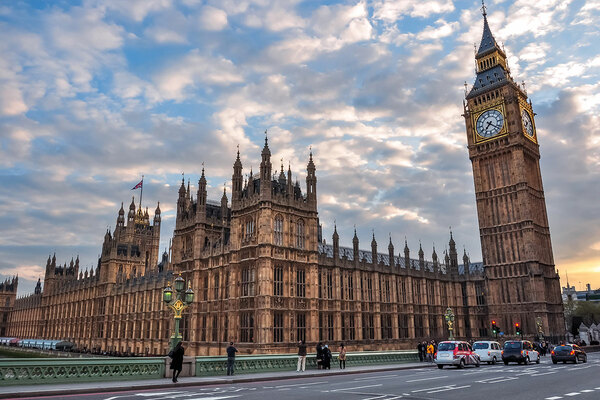You are viewing 1 of your 1 free articles
Evictions fell by more than 90% during pandemic, new RSH figures show
Evictions in England fell from more than 10,000 to fewer than 800 between April 2020 to March 2021, according to new data from the Regulator of Social Housing (RSH).
The 90% drop in evictions during the year were revealed as part of the the English regulator’s annual Statistical Data Return, which provides wide-ranging statistics for the state of the social housing sector. This year’s publication comes after a one-year hiatus as last year’s return was postponed due to the coronavirus pandemic.
The government legislated several protections for both tenants and landlords during the pandemic, most notably a ban on all new possession proceedings in courts between March 2020 and September. After this, the government brought in a ban on bailiff-forced evictions between September 2020 and May 2021.
Evictions were still allowed during that time but only for cases of significant rent arrears, false statement, serious anti-social behaviour, rioting or domestic abuse.
The RSH’s return this year stated there are currently 1,624 social housing providers across the country, 213 local authorities and 1,411 private providers, providing 4.4 million homes across England. This is an increase of 25,000 homes from last year’s overall figure.
Yet, while 85% of these associations are small organisations, owning fewer than 1,000 properties, 95% of the total social housing stock is owned by the 247 registered providers that own more than 1,000 homes.
Of these total homes, social rent homes still make up the majority of the housing stock at 77%, supported housing accounts for 13%, while shared ownership accounts for 7%.
But despite the growth in overall homes, the number of social rent homes fell by 13,208, from 3,869,838 last year to 3,856,630 in 2021. This was offset, however, by the growth in affordable rent homes and low-cost homeownership.
The RSH said the loss of social rent homes was likely down to the Right to Buy and other sales schemes; private providers reported nearly 50% loss of of low-cost rental homes due to sales to tenants.
For-profit providers, such as Legal & General Affordable Homes and Sage Housing, have continued to acquire and develop homes, adding 4,000 homes collectively in the past year, three-quarters of which are for shared ownership.
This means the total amount of homes owned by private providers now accounts for 0.5% of the overall stock.
The average weekly net rent increase was 2.7%. This meant the average social rent level was £92.84 across England. The North East region had the lowest rents at an average of £77.67 per week, and London had the highest at £114.44 a week.
The East Midlands was the only region to see a percentage increase of over 3%, a £2.42 per week increase.
Affordable rents increased by 3.8% on average, with the greatest hike in the East of England at 4.5%, the equivalent of £5.90 more per week.
Will Perry, director of strategy at RSH, said: “The data from this year’s Statistical Data Return and Local Authority Data Return show the impact of the coronavirus pandemic on evictions and stock changes, as well as the increase in rents in line with the limit set by government.”
Sign up for our daily newsletter
Already have an account? Click here to manage your newsletters












